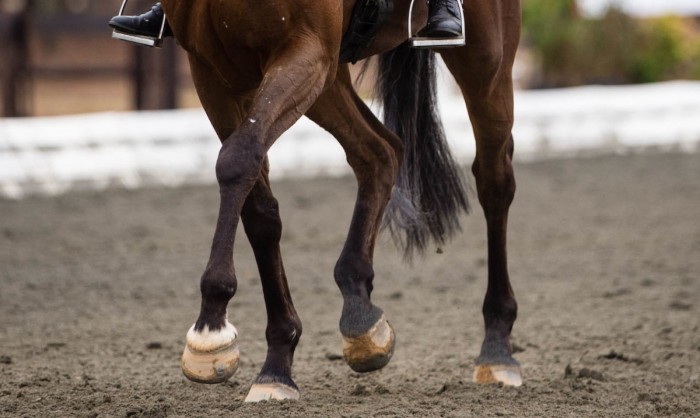
The genetics of Equine Osteochondrosis
Osteochondrosis (OC) can develop in growing horses due to disturbed differentiation and maturation of cartilage. Horses with osteochondrotic lesions are prone to developing orthopaedic problems later in life.
Osteochondrosis is caused by a disturbance of the endochondral ossification of growing cartilage of the articular/epiphyseal complex. Endochornal ossification leads to retention and thickening of cartilage, which results in the formation of cartilage core. These primary lesions can progress to further damage within the joint. Articulations of the limbs mainly affected by this developmental disease are the fetlock, hock, and stifle joints. OC occurs in many different horse breeds but it is the most important disease of the locomotory system in juvenile Warmbloods, Standardbreds and Thoroughbreds.
Genetic components have a huge role in the aetiology of Equine OC. In recent years, there have been major advances in mapping and sequencing the equine genome. Quantitative trait loci (QTL) are genomic regions, highly likely to harbour genes influencing the trait of interest. Several different QTL with moderate effects on trait expression could be seen to be involved in the aetiology of OC and also, most of the prominent QTL seem to be different among the breeds studied so far. A few QTL are found in common among fetlock and hock joints, suggesting different genetic regulation.
Osteochondrosis is one of the most common joint diseases in growing horses and can have a long term negative effects on performance and longevity. Substantiated through molecular genetic studies, genetic effects have been shown to be the most consistent and principal factors contributing to the development of OC.
> From: Distl, The Vet J 197 (2013) 13-18. All rights reserved to Elsevier Ltd.. Click here for the online summary.


